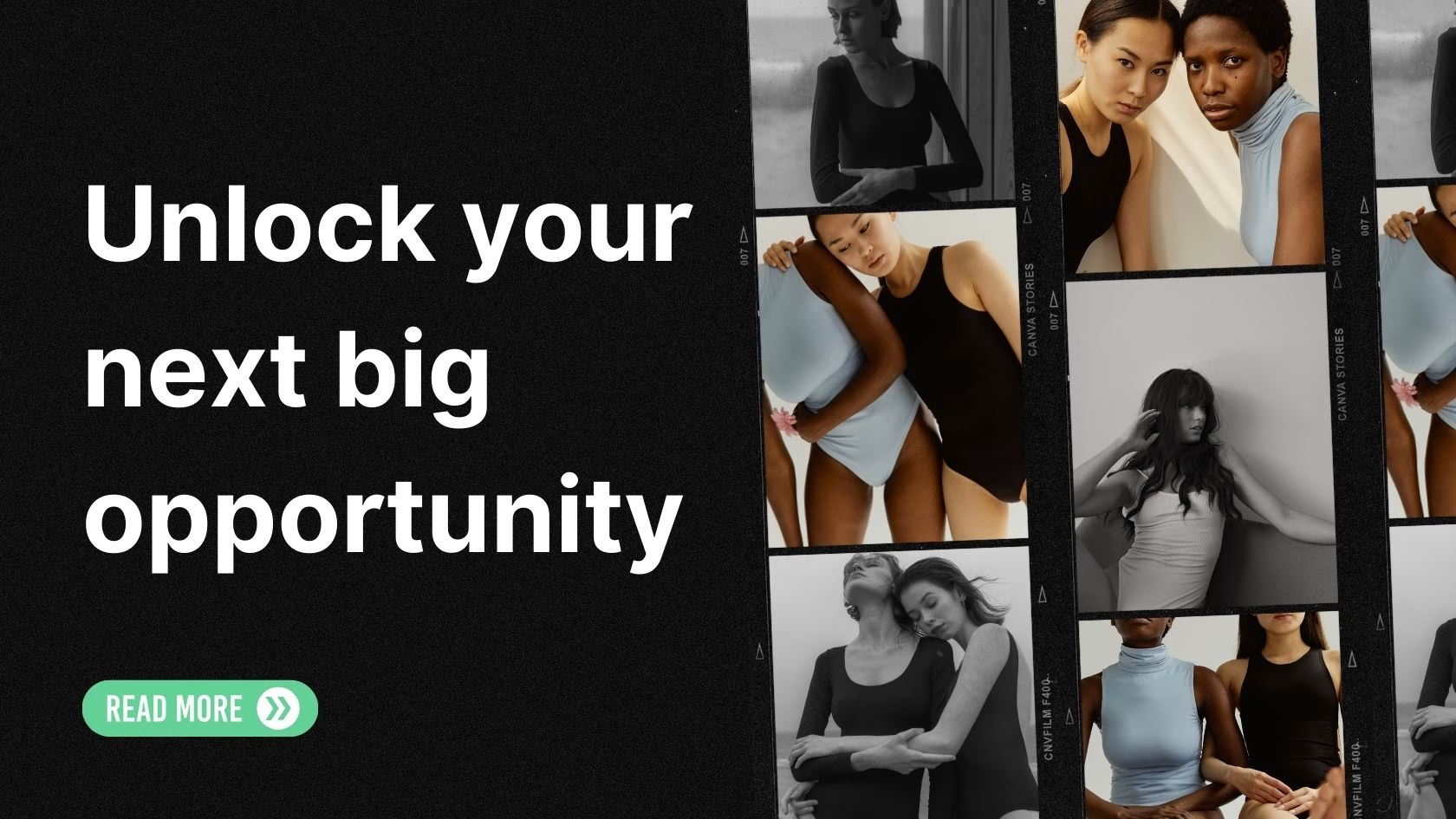Key Takeaways:
- U.S. tariffs on imported goods are causing big problems for creators who sell products.
- Small businesses, like Chelsey Brown’s Curio Blvd, are struggling with unexpected cost increases.
- Tariffs on Chinese goods jumped from 20% to 54%, leaving some creators with stranded inventory.
- A rule ending on May 2 could make things worse, with taxes on small shipments rising sharply.
- Brands might shift their marketing budgets to influencer partnerships to save money.
- Creators are finding creative ways to adapt and engage their audiences during this tough time.
The world of content creation just got a lot more complicated. New tariffs introduced by President Trump are making life harder for creators who sell products online. These tariffs, or taxes on imported goods, are hitting small businesses especially hard. Let’s break down what’s happening and how it affects you.
How the Tariffs Are Hurting Creators
Imagine running a small business where you sell cool stuff online. Maybe you make jewelry, clothes, or even gadgets. If you get your products from places like China, Mexico, or Canada, you’re probably feeling the pinch right now. The new tariffs mean you have to pay way more money to bring your products into the U.S.
Chelsey Brown, who runs a business called Curio Blvd, knows this struggle firsthand. She sells curated goods, but her products are made in China. Before the tariffs, she paid a 20% tax on her imports. Suddenly, that jumped to 54%! To keep her business going, she had to take out loans. Now, she’s stuck with products stranded overseas because of the unexpected costs.
“I think it’s actually cheaper to pay the tariffs than to make the products in the U.S.,” Chelsey told reporters. This is a common problem for small businesses. Moving production to the U.S. is expensive, so many creators rely on imports to keep costs down.
What’s Changing on May 2?
Things are about to get even tougher for creators. On May 2, a rule called the “de minimis” exemption will end. Right now, if you get a package worth less than $800 from China, you don’t have to pay taxes on it. After May 2, that exemption is gone.
This means platforms like TikTok Shop, Temu, and Shein will have to pay a lot more in taxes. For example, a shirt that used to have a 20% tariff might now have a 120% tariff! That’s a huge jump. Plus, the “postal item” charge, which used to be $100, is going up to $200 in June.
How Brands Are Reacting to the Tariffs
The good news? Some brands might start working more with creators like you to save money. When things get expensive, brands look for cheaper ways to advertise. Influencer marketing is one of those ways.
Krishna Subramanian, a marketing expert, says brands might shift their budgets to creators because influencer marketing is cheaper and works really well. This happened before during the pandemic in 2020. When money was tight, brands turned to creators instead of traditional ads.
Creators Are Finding Opportunities in the Crisis
Even though the tariffs are tough, some creators are turning this problem into an opportunity. Chelsey Brown started making videos about how the tariffs are affecting her business. Those videos went viral, getting hundreds of thousands of views. Her fans even started supporting her more, which is pretty cool!
Why Creators Are Well-Positioned to Adapt
Creators are amazing at adapting to changes. You’ve built loyal communities, and that gives you a lot of power. You can talk directly to your audience, which helps you change your strategies faster than big companies can.
Layla Revis from Sprout Social says influencer marketing gives brands $5.78 in return for every $1 they spend. That’s a great deal! Plus, people trust creators more than traditional ads, which is super important when money is tight.
What’s Next for Creators?
If you’re a creator who focuses on entertainment, like gaming or comedy, you might not feel the tariffs as much. Brands looking to save money might even want to work with you more.
But if you’re selling products, things might be tougher. You might have to get creative. Maybe you can explain the situation to your audience, like Chelsey did. Or maybe you’ll find a new way to source your products without breaking the bank.
The one thing we know for sure is that the creator economy is strong. You’ve survived challenges before, like the pandemic, and you can do it again. Whether you’re making videos or selling products, your ability to connect with people is your biggest strength.
So, stay positive, keep innovating, and remember: you’re part of a community that’s all about turning obstacles into opportunities.
You’ve got this!


